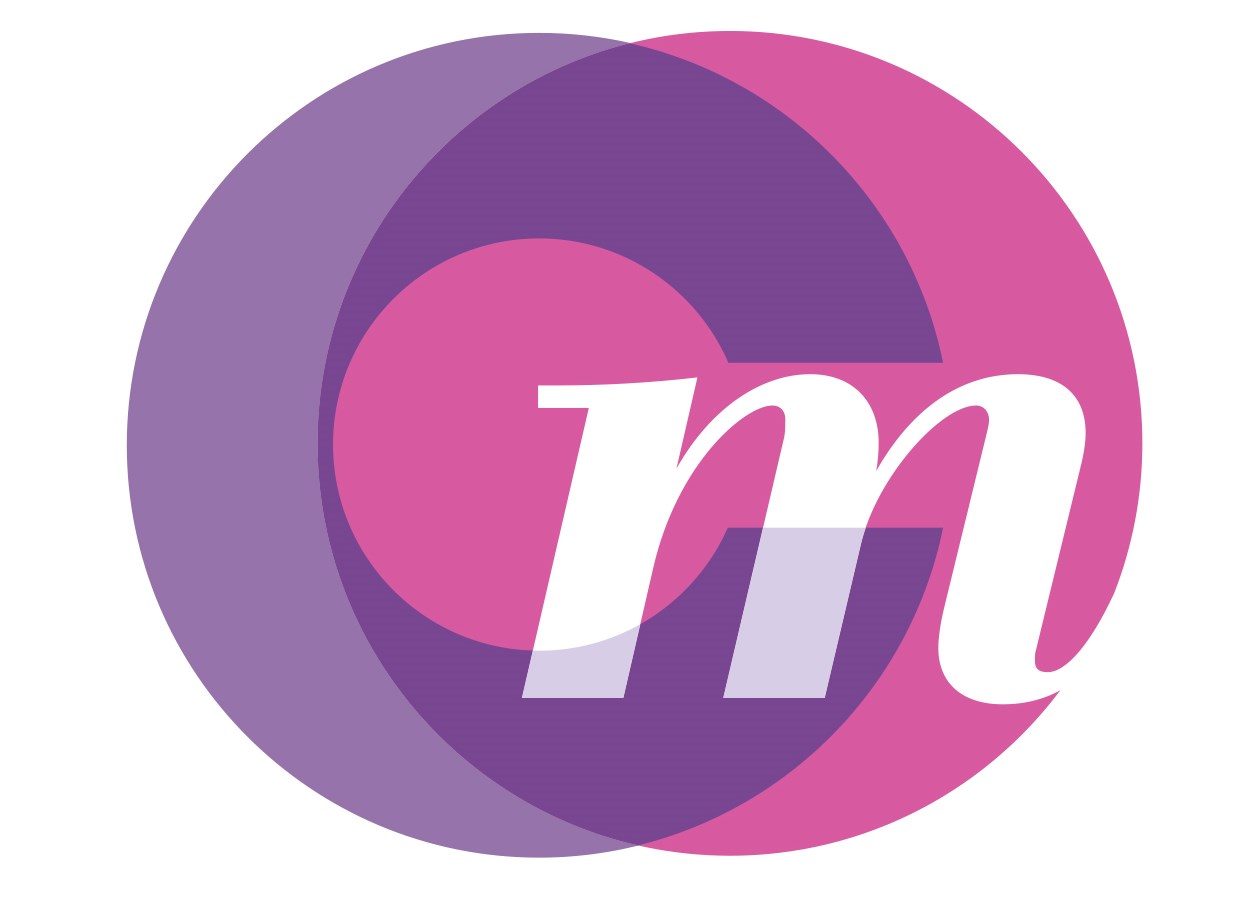Have you ever thought about the best way to get what you want?
How is it that others around you seem to get what they want and you don’t? As a leader, what is the best way to get your team to do what you want?
There’s a really great way to do this which I want to share with you. It’s easy to learn and simple to use.
Simply start telling people what you want, instead of what you don’t want. Effectively, this is about editing the word ‘don’t’ out of your vocabulary.You might be wondering why this is so important. Well, if I tell you ‘don’t worry about this, it’s not difficult, it won’t take long’, what are you thinking? You’re probably already thinking that it sounds like a problem, it’s hellishly difficult and will take forever to complete.
It’s the same principle that means that if someone says to you, “Don’t think about a pink daffodil” you’ll immediately get a picture in your mind’s eye of just that – a pink daffodil.
It’s much easier to make a mental representation of ‘a pink daffodil’ than of ‘not a pink daffodil’. In fact, it’s almost impossible to make a mental picture of ‘not a pink daffodil’. The language we use creates a ‘double negative’ so we have to think hard in reverse – what’s not a pink daffodil, for instance. Not surprisingly this can generate mixed results.
So, what’s the answer?
Stop using ‘don’t’ and ‘not’ and replace them with ‘do’ and ‘is’ or whatever equivalent makes sense in the context. By doing this, you enable the listener to make sense of what you say in one easy step. They have a clear mental representation of what you want and it’s a much more positive way to communicate.
Here are some examples:
“Don’t worry, it’s not difficult” becomes, “I know you’ll find this easy”
“Don’t forget the meeting tomorrow” becomes, “Remember the meeting tomorrow” or even better, “See you at the meeting tomorrow”.
“Don’t tell the customer that we’ve messed up the order” becomes “Tell the customer that their order is delayed”.
This takes practice.
Many of us grew up hearing ‘don’t’ and it’s become a habitual pattern in expressing ourselves. To get out of the habit, practice using positive language when you have time to think about what you want to say, such as when you write an email or prepare a presentation. The rest of the time, let yourself off the hook so that you can retain your usual fluency of expression. The more you practice when you have time to think about it, the more it will become an unconscious pattern in your everyday conversation.
And here are a few examples for you to practice on – have a go at writing an alternative for each of these everyday patterns that use negations:
“You don’t have to work late if you can’t get it all done”
“Don’t tell them everything you know”
“Don’t dominate the discussion”
“It’s not what I wanted”
“No problem!”
Remember – don’t say don’t.
Good luck.
 Chiswick Marketing
Chiswick Marketing